Photoshoot Plan Inspired by Guillaume Bression and Carlos Ayesta
My first shoot is inspired by Guillaume Bression and Carlos Ayesta. Their photos stimulate thought at the consequences of human activity on the earth and this definitely interests me as it is interesting to see how rapidly the world is changing and to imagine how it will become in the future. There are many aspects to the world which are changing for the better however also many for the worse too. I think it would be interesting to explore both of these changing worlds, for the better and for the worse. For both of these approaches i will use a photo manipulation method to over exaggerate the changing world and the social/political issues in relation to the environment.

For this shoot I will follow the similar approach to my artist reference of Guillaume Bression and Carlos Ayesta by looking at the negative impacts on our earth due to human activity. This could be a variety of different issues such as air/noise/ light pollution, habitat loss and plastic in seas. I think it would be interesting to look at an abandoned/derelict area and incorporate a similar aspect to my artist such as wrapping up an object in cling film or perhaps have a person wrapped up escaping the harsh conditions. Also it would be engaging to have my model using the abandoned place as it would have been used when it was functional. This will give the image a clear juxtaposition and exaggerate the poor conditions in its current state.
I intend to show the viewer a glimpse of places long forgotten through the my images and allow them to serve as an eerie reminder that nothing lasts forever. I want to produce examples of humanity’s wastefulness and the impact society has on nature. By doing this i can engage with the audience and influence them to change the way in which they think about and treat the environment.






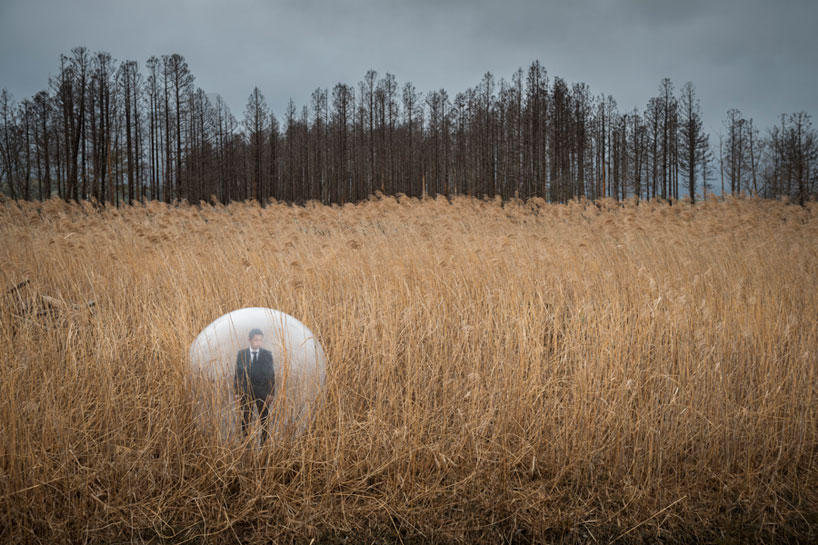

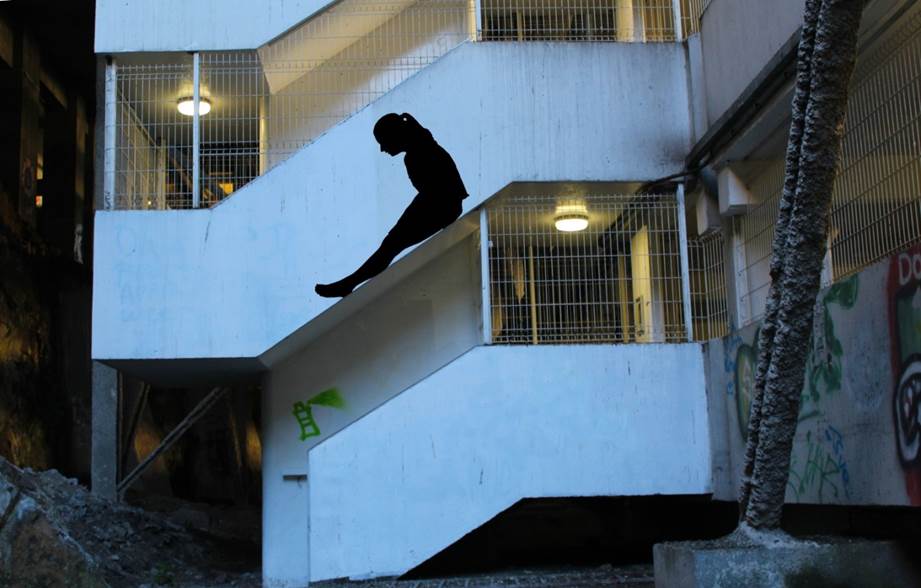
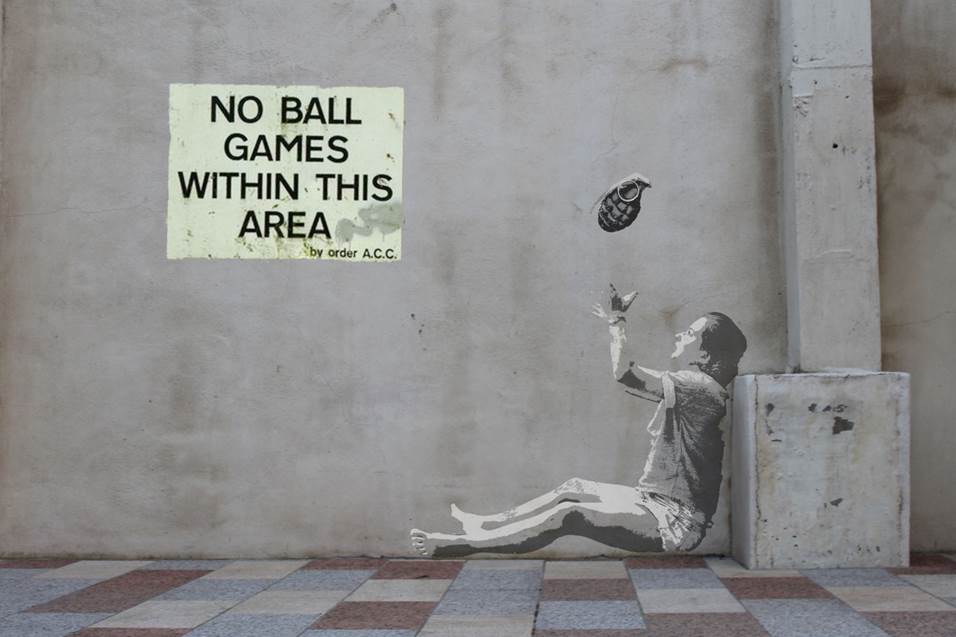


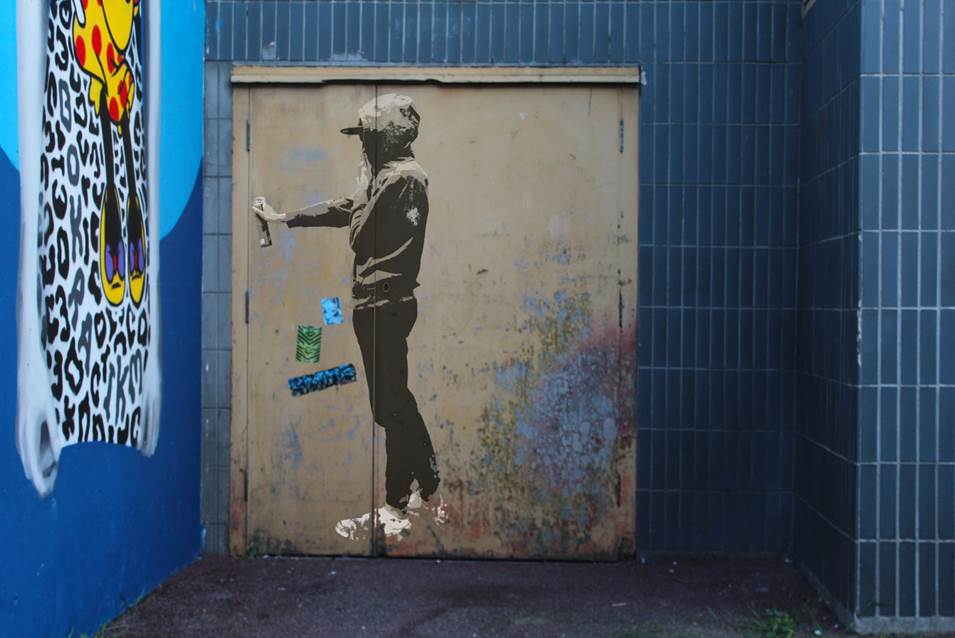







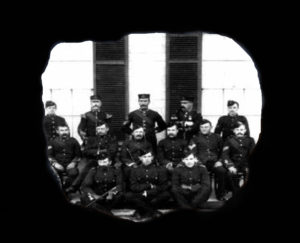
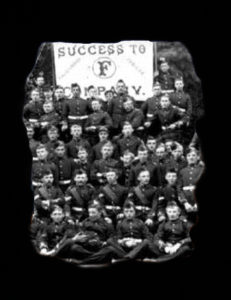







 The image above shows a clear example of how she merged her images alongside the propaganda to show a strong contrast between how North Korea is portrayed through propaganda and the media compared to the reality of it. I believe that this manipulation helps to exaggerate the situation and give the viewer a sense of how bad the conditions actually are. This use of manipulation proves that the breaking of the rule can help to tell the truth and bring a realization to political issues in the world. In spite of the enormous angst in the photographic community over the problem of photo manipulation, Wielinga’s work is a powerful example of the fact that image manipulation is not always detrimental to the truth. Her composites are a reminder that transparency is more important than method, and in some circumstances a manipulated image can lead to more insights than an untouched one.
The image above shows a clear example of how she merged her images alongside the propaganda to show a strong contrast between how North Korea is portrayed through propaganda and the media compared to the reality of it. I believe that this manipulation helps to exaggerate the situation and give the viewer a sense of how bad the conditions actually are. This use of manipulation proves that the breaking of the rule can help to tell the truth and bring a realization to political issues in the world. In spite of the enormous angst in the photographic community over the problem of photo manipulation, Wielinga’s work is a powerful example of the fact that image manipulation is not always detrimental to the truth. Her composites are a reminder that transparency is more important than method, and in some circumstances a manipulated image can lead to more insights than an untouched one.



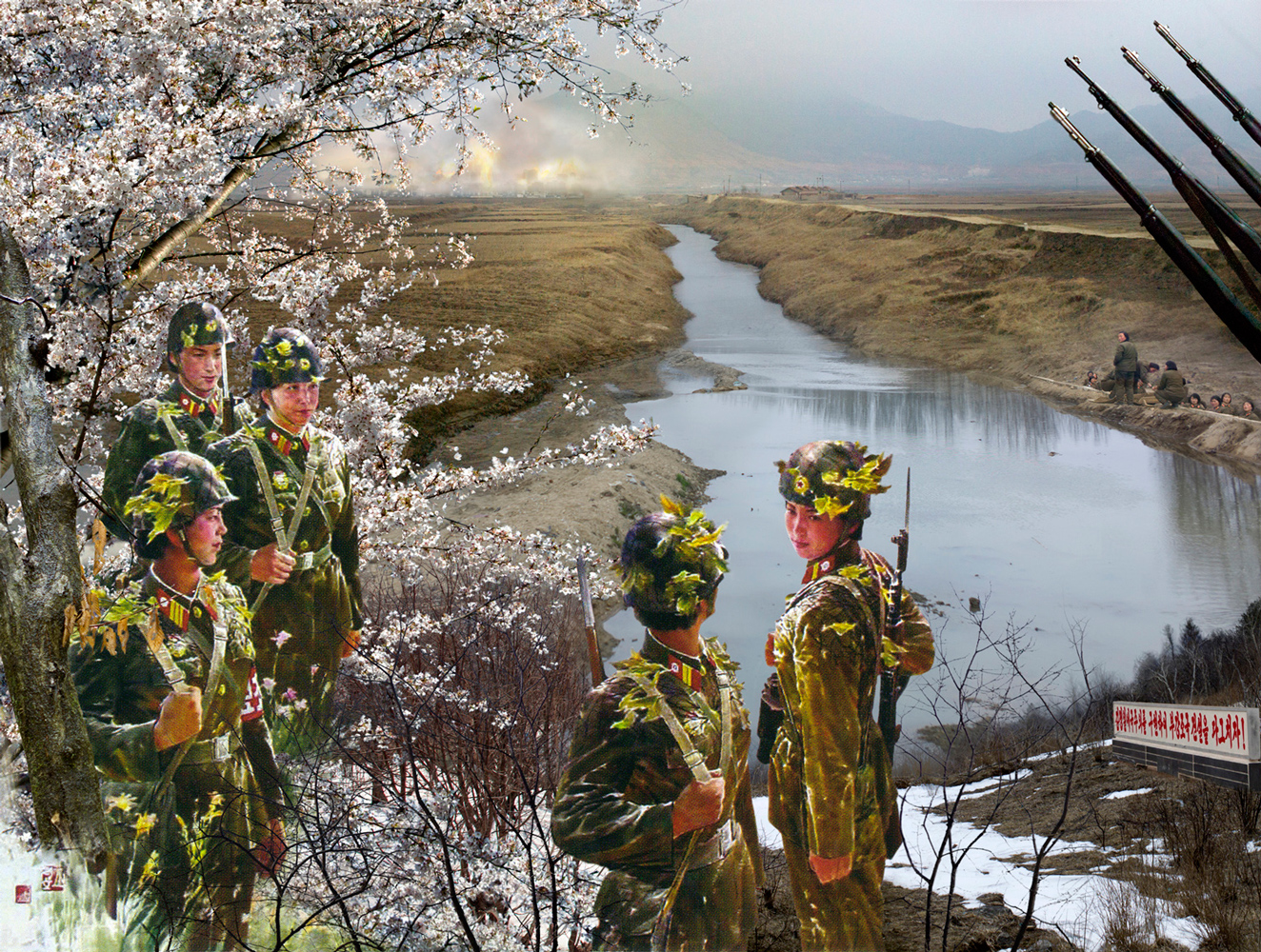

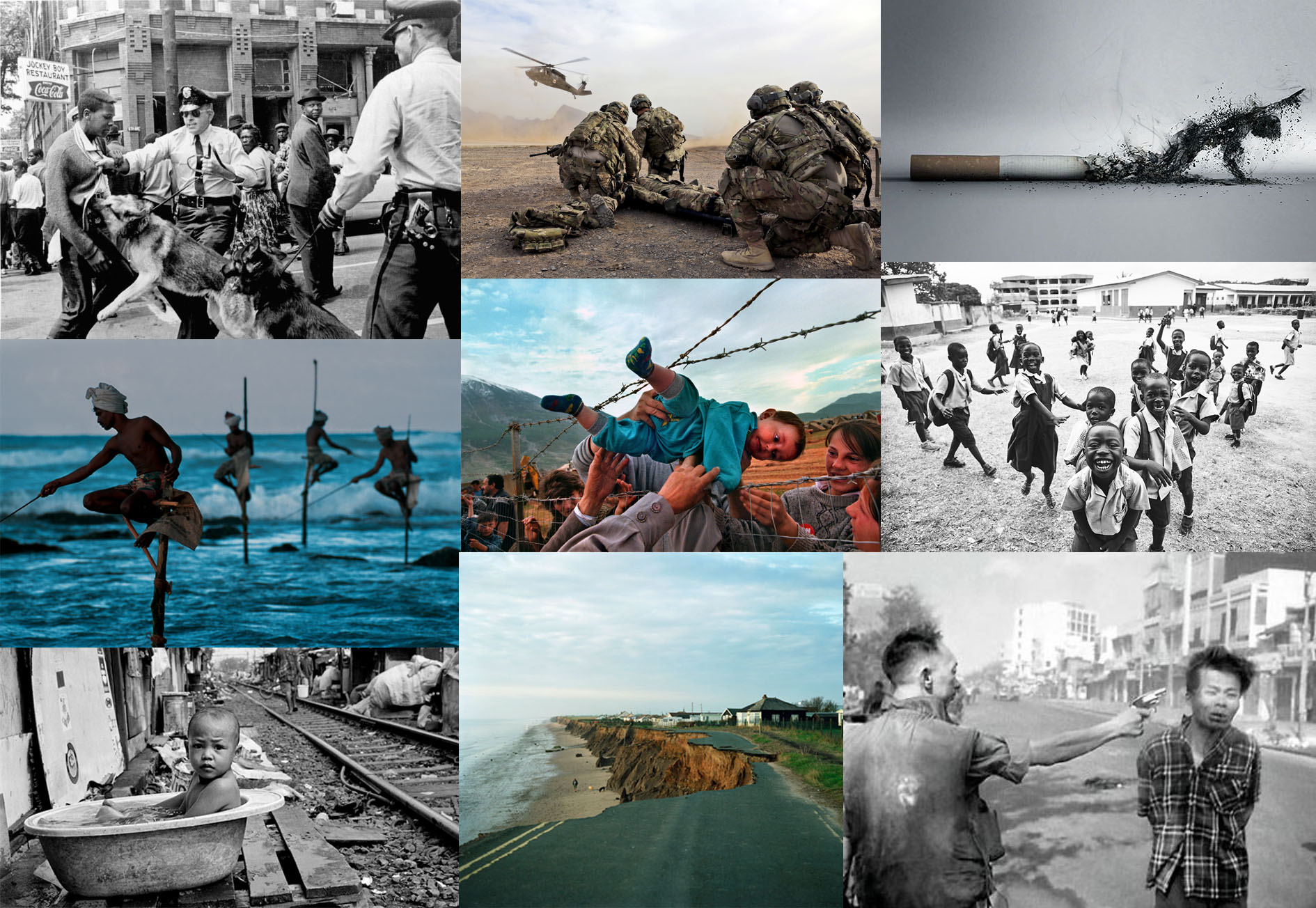
/arc-anglerfish-arc2-prod-jerseyeveningpost-mna.s3.amazonaws.com/public/P5QZ4YPJNJC5ZFZM7P5HUMLFC4.jpg)

